Avoid costly renovation mistakes with these essential tips for finishing your basement. From moisture control to layout planning, this guide ensures your space is functional, safe, and stylish.
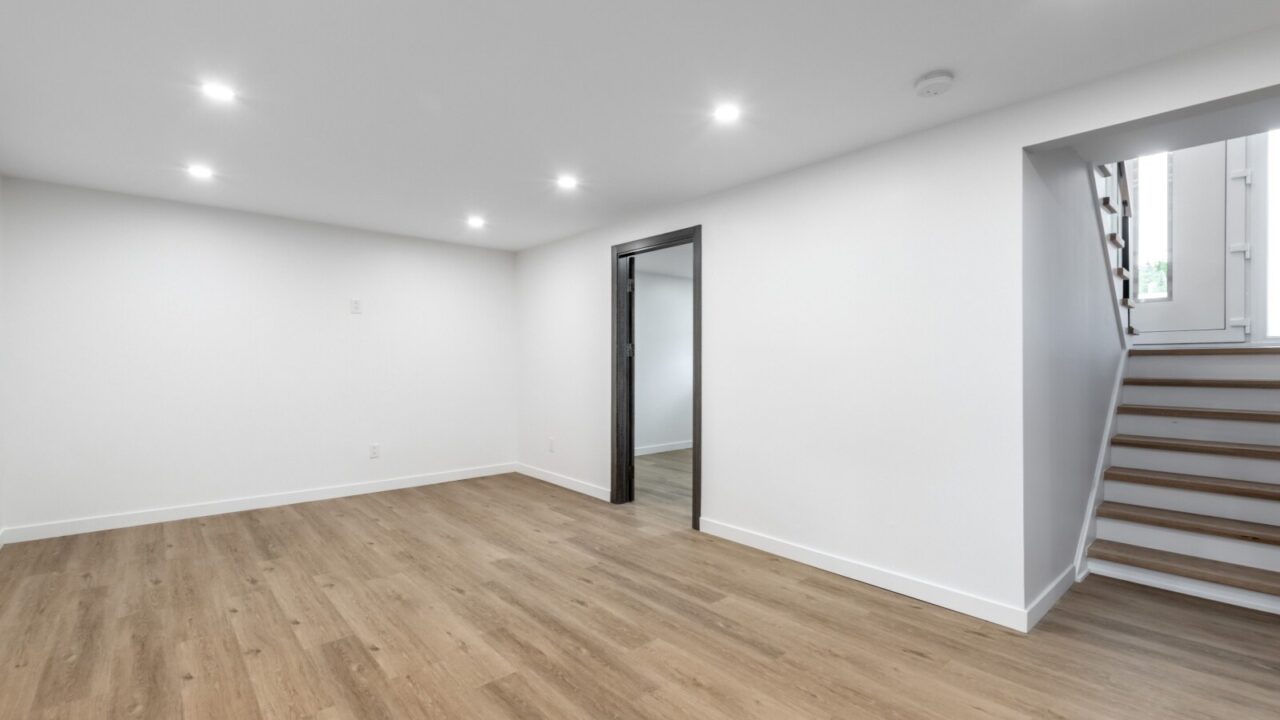
Basement Pitfalls
Finishing your basement is exciting, but watch out for common pitfalls that can turn it into a renovation nightmare. From poor insulation to improper lighting, many homeowners overlook key steps that cost them later.
Swipe through to discover the most frequent mistakes to avoid and ensure your basement becomes the cozy, functional space you envision.

Ignoring Moisture
A huge mistake when finishing basements? Ignoring moisture issues. Basements are naturally damp, and skipping waterproofing can lead to mold, mildew, and structural damage.
Always install a proper vapor barrier, seal any cracks, and check for leaks before moving forward. Address moisture early to avoid expensive repairs and create a safe, dry environment for your space.

Insufficient Lighting
Don’t leave your basement in the dark. A common mistake is underestimating the lighting needs. Basements typically lack natural light, so you’ll need to compensate with a mix of recessed lights, task lamps, and wall sconces.
Without adequate lighting, your basement can feel dreary and unwelcoming, turning a potentially inviting space into a dimly lit afterthought.
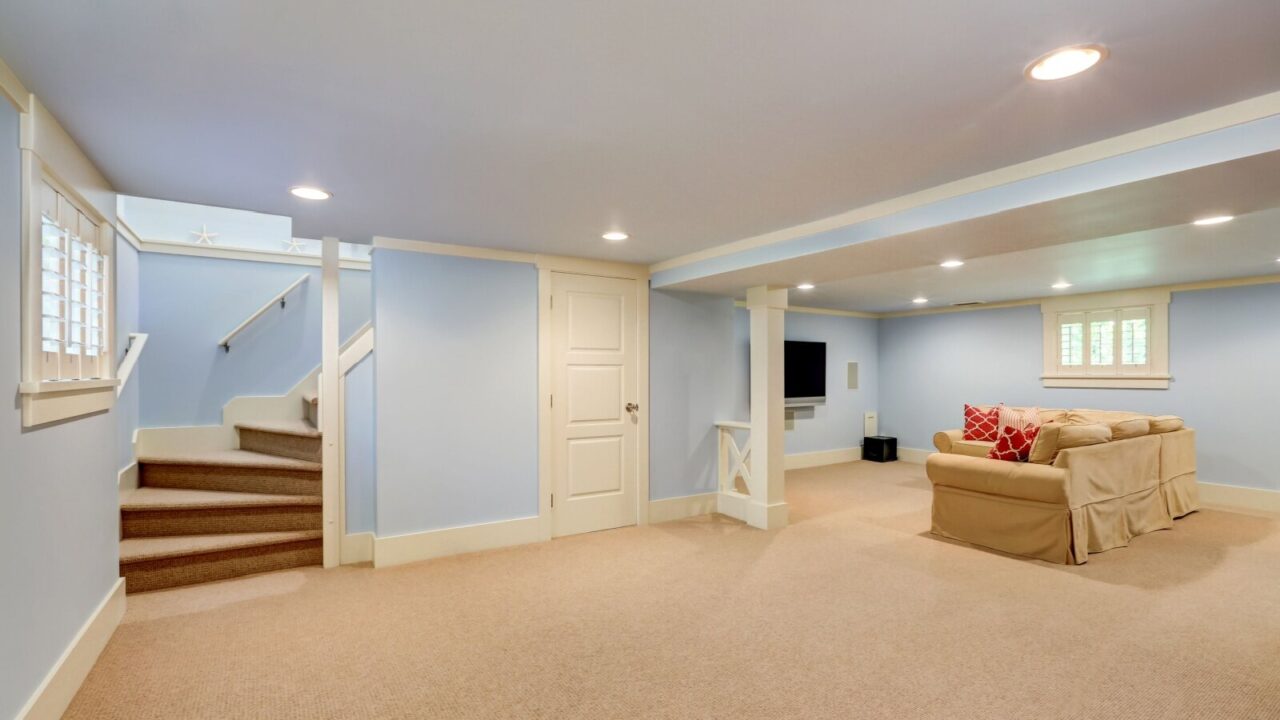
Skimping on Ceiling Height
Low ceilings can make basements feel cramped. Homeowners often forget to account for ceiling height when rerouting ductwork or piping.
Maximizing height wherever possible helps avoid that boxed-in feeling. If headroom is limited, consider creative solutions like recessed lighting and low-profile fixtures to make the space feel taller and more open.

Overlooking Egress
One major mistake is forgetting to install an egress window. If you’re planning to use your basement as a living space, building codes often require at least one egress for emergency exits.
Not only is it a safety necessity, but it also brings natural light and ventilation, making your basement feel more open and less dungeon-like.

Skipping Electrical Planning
Electrical mistakes can be costly and dangerous. Before drywall goes up, make sure you’ve mapped out your electrical needs.
Skipping this step often leads to not enough outlets or poorly placed wiring. You’ll need to plan for lighting, appliances, and entertainment systems, especially if you’re setting up a game room, home office, or lounge space in your basement.

Neglecting Permits
Skipping building permits can come back to bite you. Many homeowners think they can finish a basement without them, but failing to pull the right permits can result in fines or having to redo work.
Permits ensure that your electrical, plumbing, and structural changes meet local building codes, keeping your renovation safe and legal.

Poor Ventilation
Basements often feel stuffy because homeowners skip proper ventilation. Installing a good HVAC system or dehumidifier keeps the air fresh, reducing humidity and preventing mold. Mold and mildew can cause health problems in addition to structural damage.
Without good airflow, your basement will feel musty and uncomfortable, especially in the summer months. A well-ventilated space makes all the difference in comfort and health.

Cramped Layout
A cramped layout can ruin your basement’s potential. Some homeowners rush into construction without considering furniture placement, traffic flow, or the purpose of each area.
To avoid feeling boxed in, plan your layout carefully. Leave enough space for movement and function, especially if you’re dividing the basement into zones like a lounge, office, or gym.

Improper Drainage
Basements are naturally prone to flooding, so don’t overlook proper drainage. Installing a sump pump or floor drain is essential to prevent water damage, especially during heavy rains or snow melts.
Without these, you’re at risk for costly repairs down the line. Ensure water flows away from the foundation and keep your basement safe from flooding.
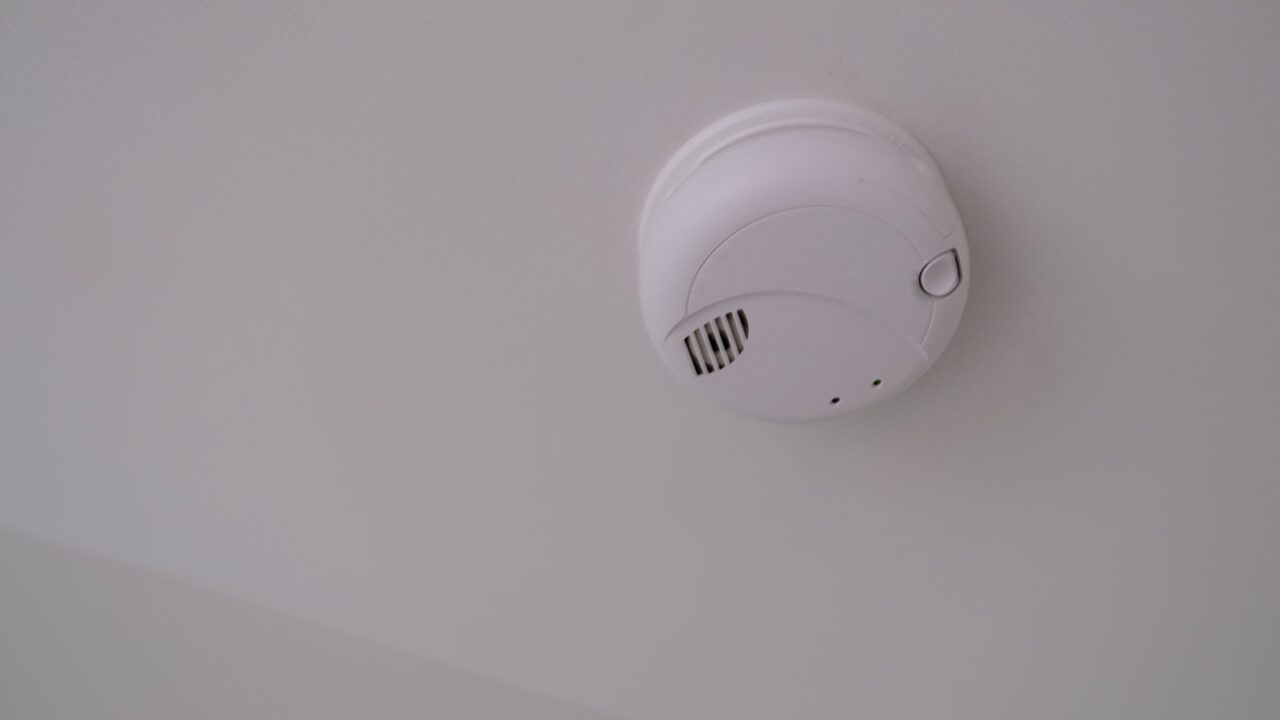
Neglecting Fire Safety
Fire safety is often overlooked when finishing basements. It’s crucial to install smoke alarms and a fire extinguisher, especially if the basement is a living space.
Also, check your local building codes for fire safety exits or barriers. Preparing for the worst ensures the safety of everyone using the space while meeting legal requirements.
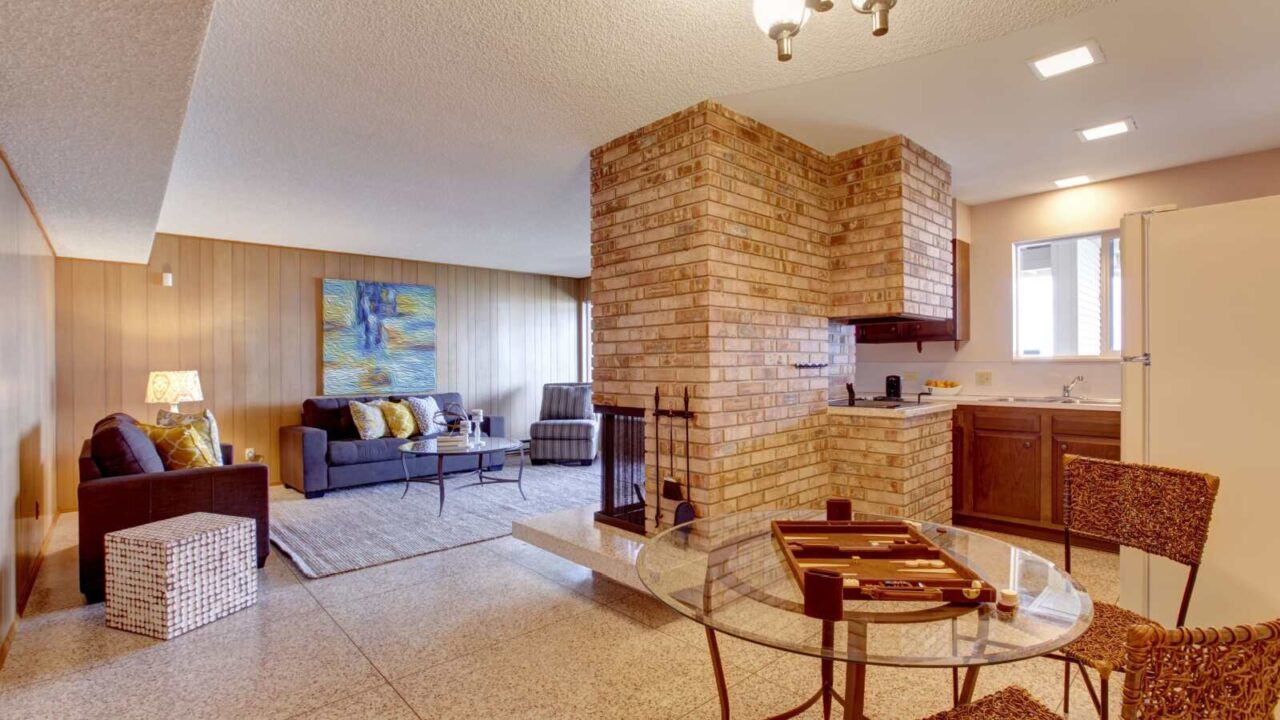
Inconsistent Style
Don’t make your basement feel disconnected from the rest of your home. Many people throw together random furniture or design elements that clash with the upstairs style.
For a cohesive look, stick to a design theme that complements the rest of your home. Consistency in style makes your basement feel like an intentional, integrated extension of your living space.
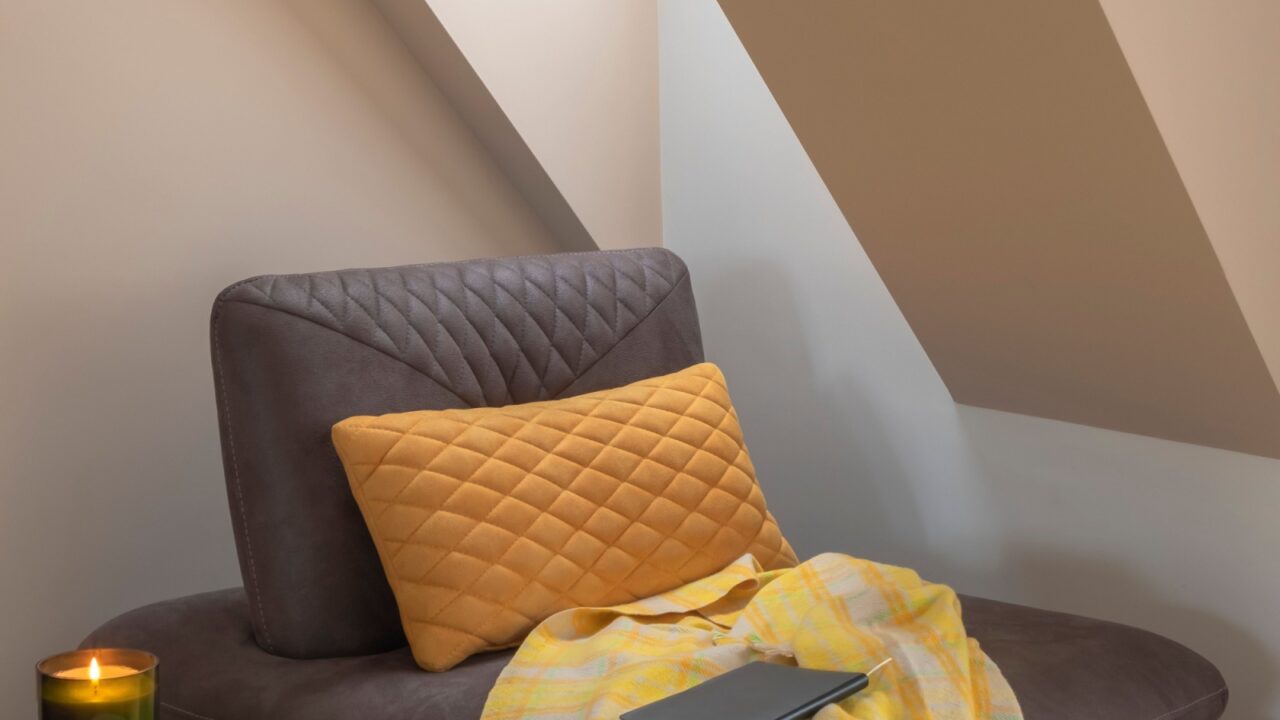
Underutilizing Space
Basements often have more space than you think. Don’t make the mistake of underutilizing awkward corners or low ceilings.
Get creative with these areas by adding storage, cozy nooks, or even a home office. Think beyond the basics and turn these unused areas into functional spaces that suit your lifestyle.

Poor Insulation
Neglecting insulation is a major error. Basements can get cold, and if you skip this step, you’ll feel it every winter. Proper insulation keeps the space warm, energy-efficient, and even soundproof.
Whether you’re creating a home theater or extra living space, insulation ensures comfort and cuts down on heating bills.

Forgetting Soundproofing
Neglecting soundproofing can lead to a noisy, uncomfortable basement. If you’re setting up a home theater, a playroom, or just extra living space in your basement, soundproofing can help block noise from above.
Consider installing acoustic panels, insulation, or thick carpeting to dampen sound. You’ll appreciate the quiet escape or cinema-quality sound when the space is properly treated.
Ready for some movie magic? Discover how you can Turn Your Basement into a Dream Cinema with this expert guide, and enjoy binge-watching your favorite movies!

Not Future-Proofing
Thinking short-term can limit your basement’s potential. Consider how your needs might evolve over time; will the space work as your family grows or your hobbies change?
Finish the basement with flexibility in mind, by either creating multi-use rooms or leaving space for future upgrades. Future-proofing now saves you from costly renovations later.
For some future inspirations, check out the guide on Transforming Your Basement from Drab to Fab and unlock its full potential.